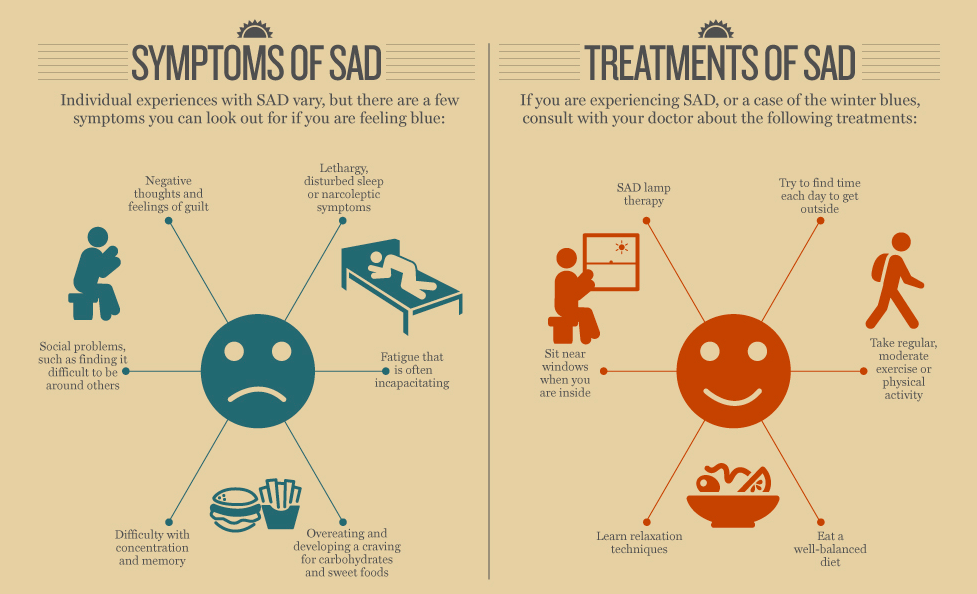Seasonal Affective Disorder (SAD) is a type of depression that occurs at a specific time of year, typically during the fall and winter months when there is less natural light. It is believed that the lack of sunlight triggers changes in the body’s internal clock and can lead to feelings of sadness and fatigue.
Symptoms of Seasonal Affective Disorder
The symptoms of SAD can vary from person to person, but common signs include:
Feeling depressed most of the day, nearly every day
Loss of interest in activities you once enjoyed
Low energy and fatigue
Difficulty sleeping or oversleeping
Changes in appetite or weight
Feeling agitated or sluggish
Difficulty concentrating
Causes of Seasonal Affective Disorder
While the exact cause of SAD is not fully understood, researchers believe that certain factors may contribute to its development. These include:
Changes in your biological clock (circadian rhythm)
Reduced levels of sunlight in the fall and winter months
A drop in serotonin levels
An imbalance of melatonin levels
Treatment Options for Seasonal Affective Disorder
Fortunately, there are several treatment options available for individuals with SAD. These can include:
Light therapy, which involves sitting in front of a light box that emits bright light to simulate natural sunlight
Counseling or talk therapy to help individuals cope with their symptoms and develop healthy coping strategies
Medication, such as antidepressants, to help manage symptoms of depression
Lifestyle changes, such as regular exercise, a healthy diet, and getting outside for fresh air
Preventing Seasonal Affective Disorder
While SAD cannot always be prevented, there are steps individuals can take to reduce their risk of developing the disorder. These can include:
Spending time outdoors during daylight hours
Exercising regularly to boost mood and energy levels
Eating a balanced diet rich in fruits, vegetables, and whole grains
Practicing relaxation techniques, such as yoga or meditation, to reduce stress
Conclusion
Seasonal Affective Disorder can have a significant impact on an individual’s mental health and well-being, but with proper treatment and self-care, it is possible to manage symptoms and improve quality of life. By understanding the causes and symptoms of SAD, individuals can take proactive steps to address their mental health needs and maintain a positive outlook year-round.

